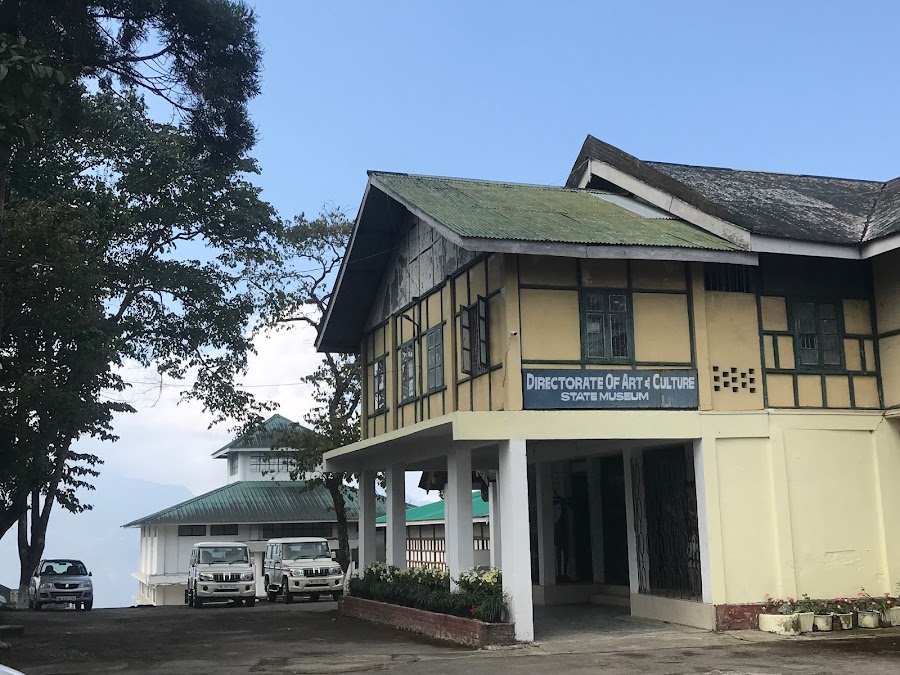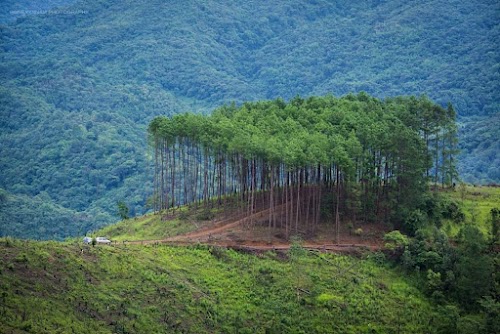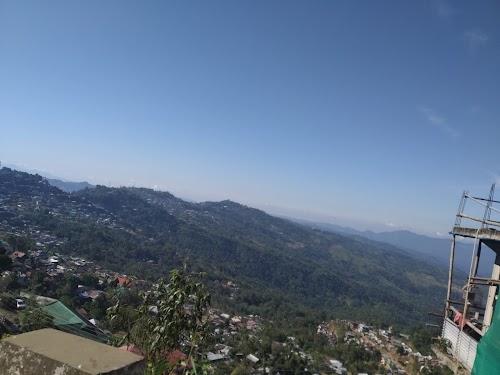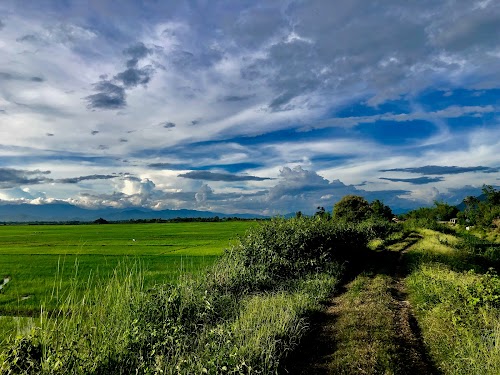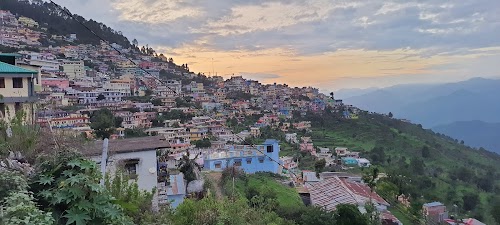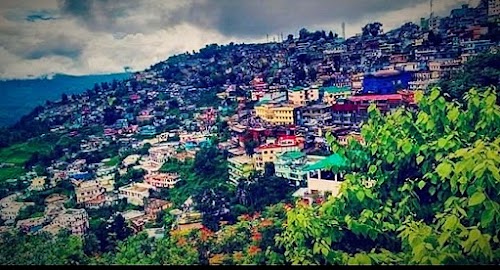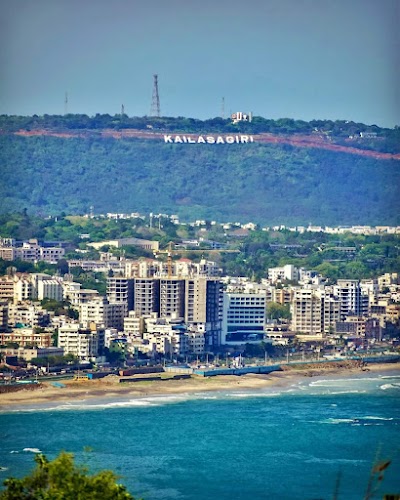Kohima, India
Kohima, the hilly capital of Nagaland, is a serene and culturally rich destination offering a unique glimpse into the Naga way of life. Nestled amidst picturesque landscapes, it's a place where tradition and modernity blend seamlessly. Explore the historical sites that whisper tales of World War II, immerse yourself in the vibrant Naga culture, and witness the warm hospitality of the locals. From the iconic Kohima War Cemetery to the state museum showcasing Naga heritage, Kohima offers a diverse range of experiences. Trek through lush green hills, savor the unique Naga cuisine, and witness colorful festivals. Kohima is an ideal getaway for those seeking tranquility, cultural immersion, and a touch of history.
Known for:
History:
Kohima holds significant historical importance, particularly as the site of the Battle of Kohima in 1944 during World War II. This battle was a turning point in the Burma campaign, halting the Japanese advance into India. The Kohima War Cemetery, maintained by the Commonwealth War Graves Commission, stands as a poignant reminder of the sacrifices made during the war. Before the British era, Kohima was a collection of Angami Naga villages. It became the capital of Nagaland in 1963 after the state was formed. The city's history is intertwined with the Naga struggle for self-determination and the preservation of their unique identity.
How to reach:
The nearest airport is Dimapur Airport (DMU), which is about 74 km from Kohima. From Dimapur, you can hire a taxi or take a shared cab to Kohima. The nearest railway station is also in Dimapur. Kohima is well-connected by road to other cities in Nagaland and neighboring states. Buses and taxis are readily available.
Places in Kohima, India

Dzukou Valley
Kohima, India
Catholic Cathedral
Kohima, India
Naga Heritage Centre
Kohima, India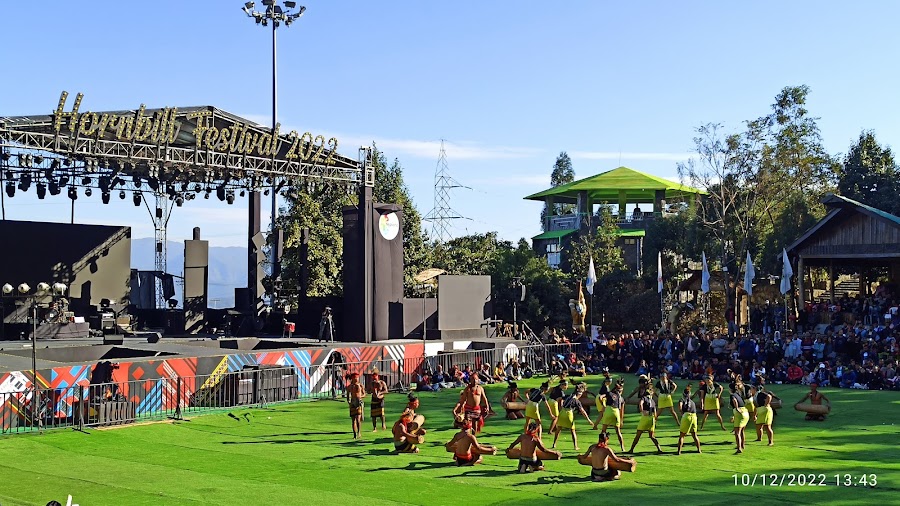
Kisama Heritage Village
Kohima, India
Khonoma Village
Kohima, India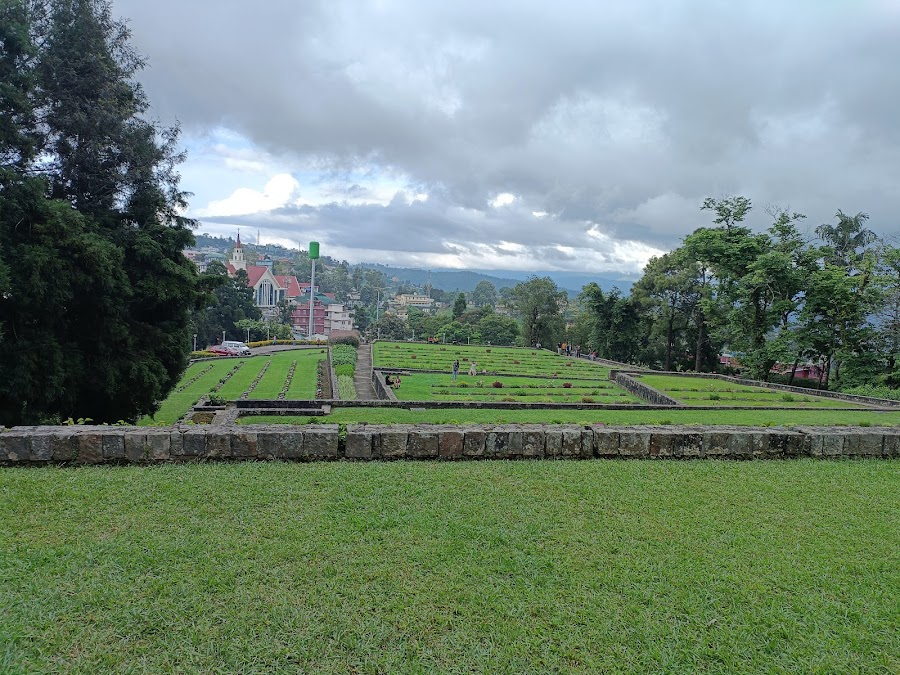
Kohima War Cemetery
Kohima, India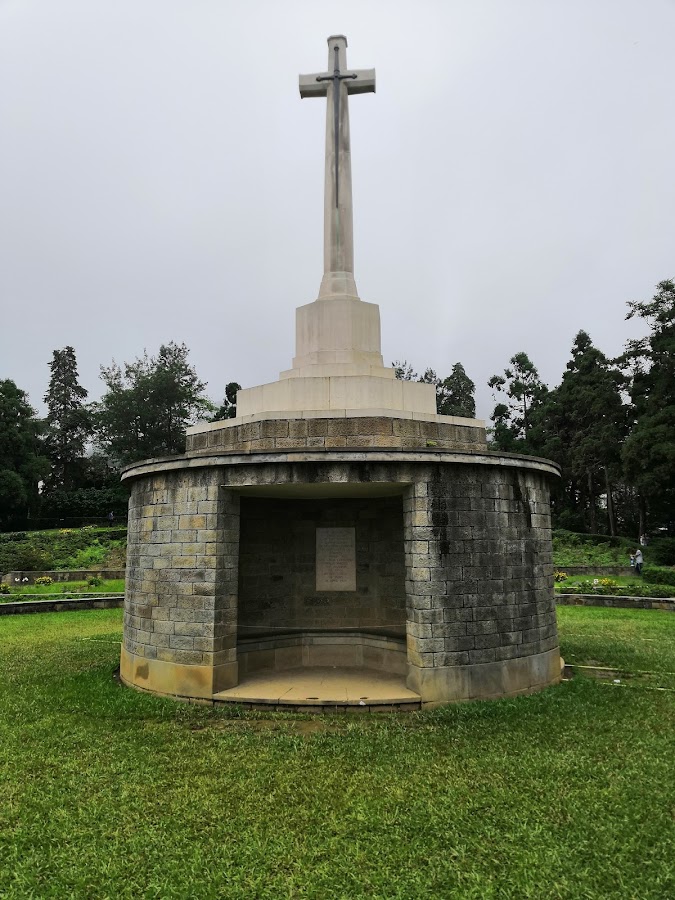
World War II Museum
Kohima, India
Aradura Hills
Kohima, India
